Most perennials lose their foliage and die back once temperatures drop below freezing, but that doesn’t mean your yard has to be brown and barren all winter.
My garden would be a far less interesting place if it wasn’t for the swaths of hardy evergreen ground covers adding color and texture in winter and filling my garden with blooms in summer.
So just how hardy are they?
All the ground covers I recommend below are hardy to zone 3 or 4 but typically retain their leaves and stay green in zones 5 and up, from my own experience. They may be evergreen or semi-evergreen in zone 4, but this will depend on the variety, the plant’s location and health, and how much rain, wind, or snow your garden receives.
(If you live in a warmer zone, you can check out this list of evergreen ground covers for every climate.)
Disclosure: If you shop from my article or make a purchase through one of my links, I may receive commissions on some of the products I recommend.
Where to buy
Hardy evergreen ground covers
Here are some of my favorite winter-hardy ground covers that keep their leaves in zones 5 and up:
1. Bugleweed (Ajuga reptans)
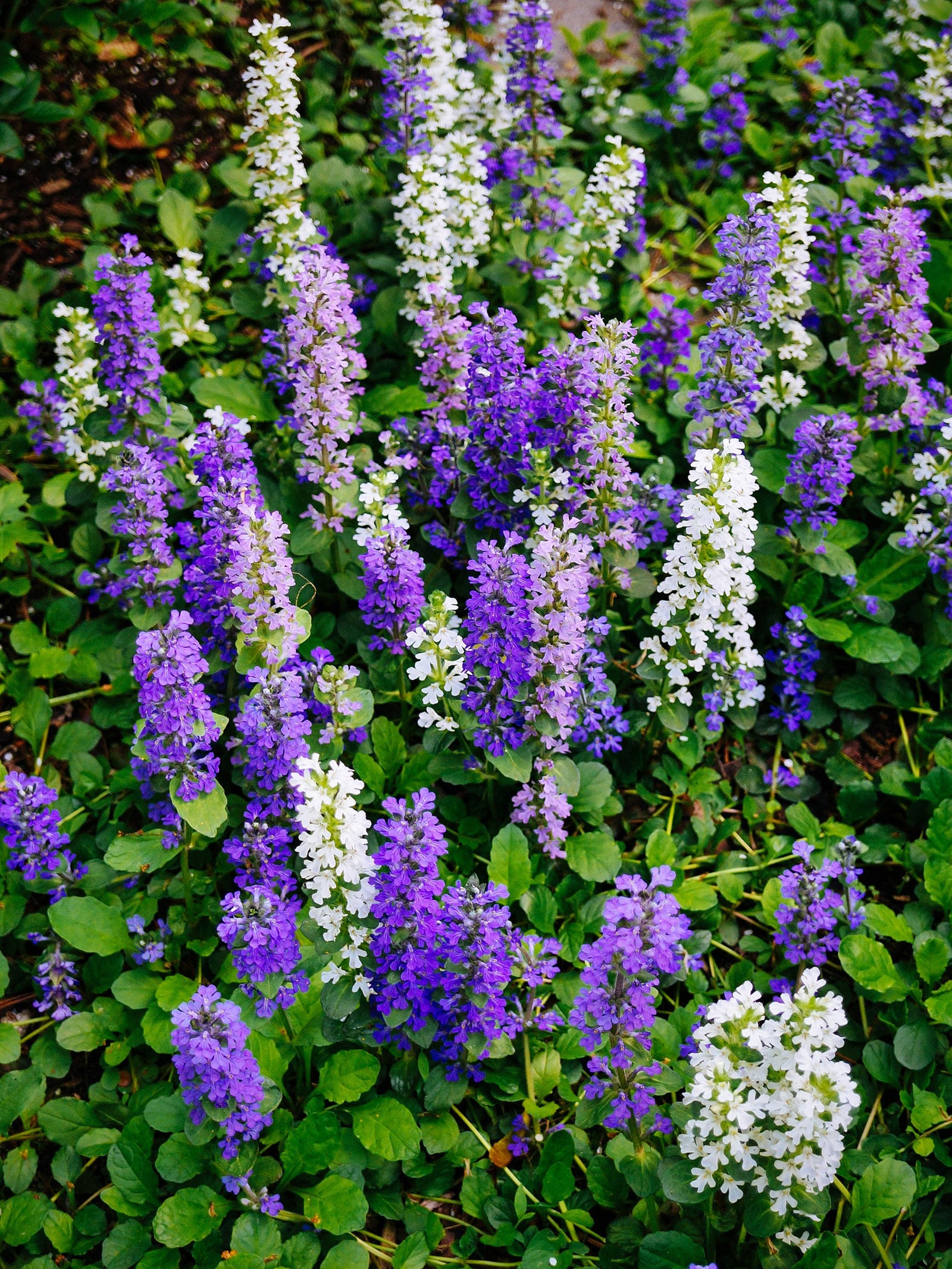
Not only is bugleweed extremely cold-hardy, it’s tolerant of a range of soil types and growing conditions from full sun to full shade. That said, plant this where you want to choke out weeds and don’t mind it spreading because it’s quite the vigorous ground cover. It blooms from spring through summer with spikes of showy flowers that attract tons of pollinators.
At maturity, bugleweed can reach a height of up to 10 inches and a spread of around 3 feet. While most varieties spread by runners to quickly fill in an area, some types of bugleweed are more upright and don’t creep as readily.
2. Candytuft (Iberis sempervirens)
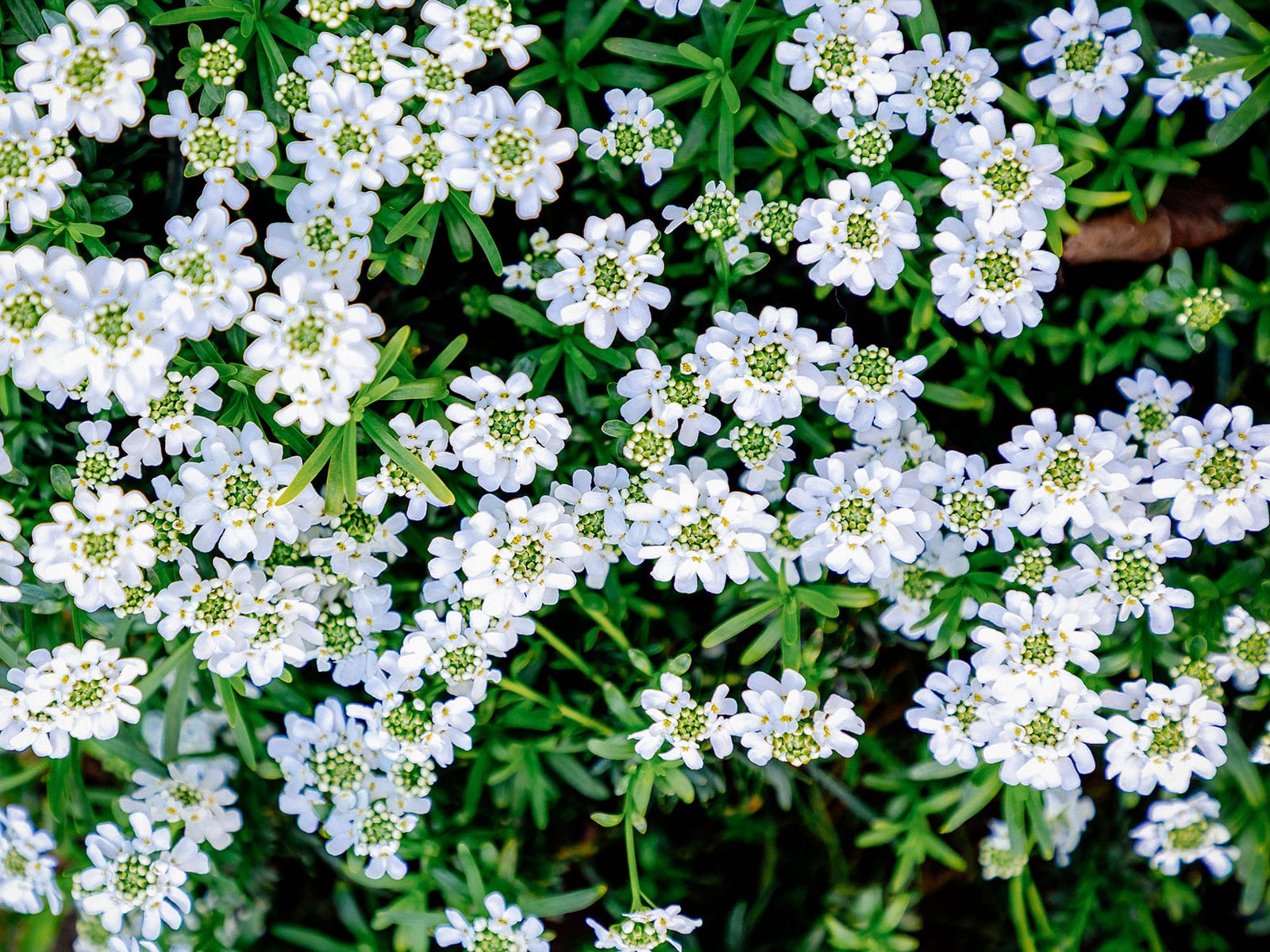
Candytuft is a flowering ground cover that can stay green in zone 5 if it’s planted strategically (like in a warmer microclimate of your yard). In winter the dark green foliage adds a splash of color to an other monotonous landscape, while in spring it explodes with “tufts” of white flowers that contrast beautifully against all the green.
While many other ground covers spread via rhizomes (underground stems), candytuft propagates itself by establishing roots along its stem wherever the stem touches the ground. It typically grows around 16 inches tall and wide.
3. Creeping lilyturf (Liriope spicata)
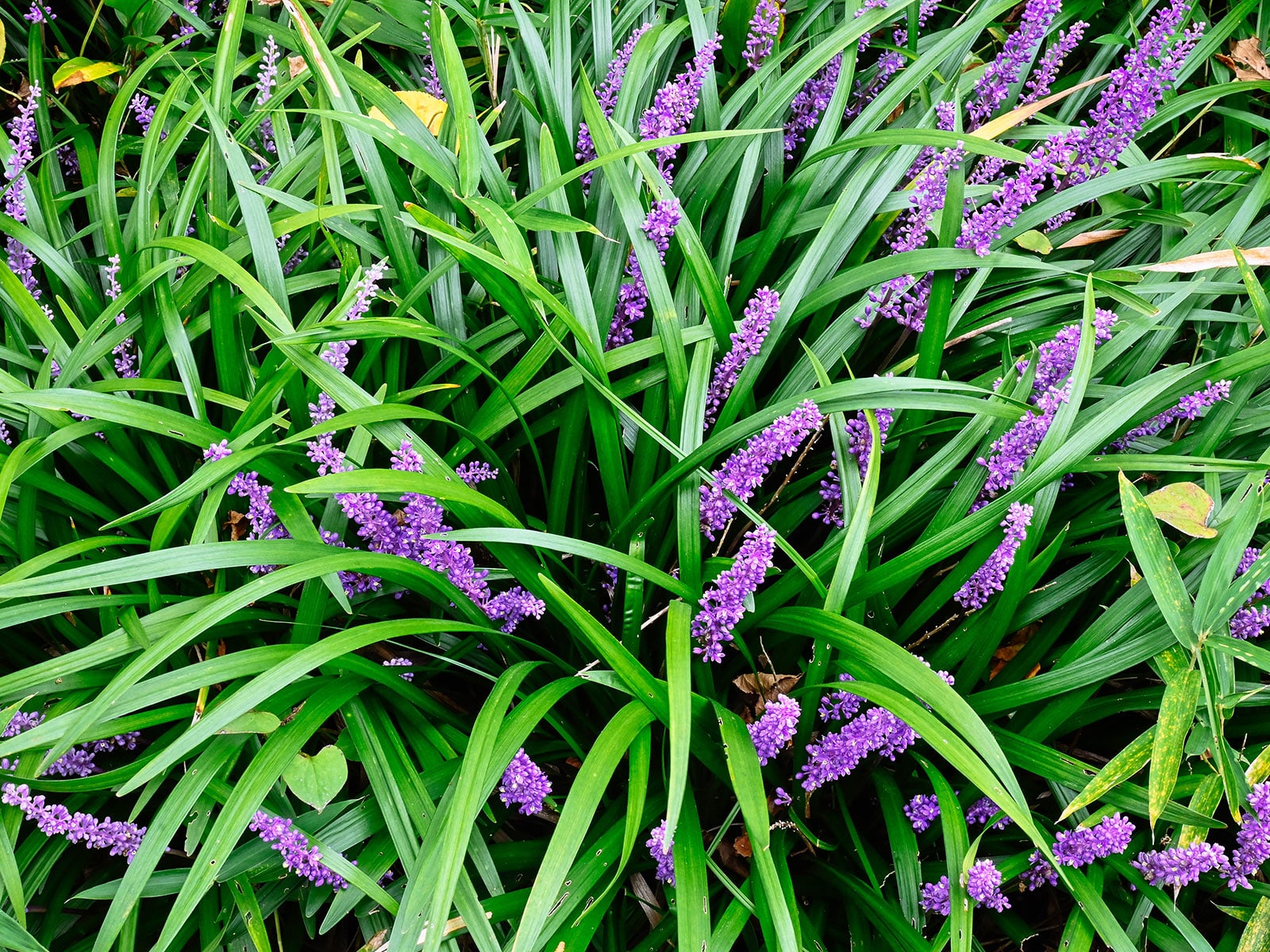
Creeping lilyturf has no trouble staying green in milder climates, but in colder regions, the foliage may turn brown around the leaf margins by late winter. This grass-like ground cover (that’s not actually a grass, but is sometimes called monkey grass) forms clumps of leaves from which spikes of small purple flowers emerge in late summer to fall, right as other flowers start to fade.
It does take a couple years to really fill out, but creeping lilyturf is worth the wait if you’re looking for an easy-to-grow ground cover that’s not invasive and prefers a shadier area. At maturity, it’ll reach 1 to 2 feet in height and spread up to 2 feet wide.
4. Bearberry (Arctostaphylos uva-ursi)
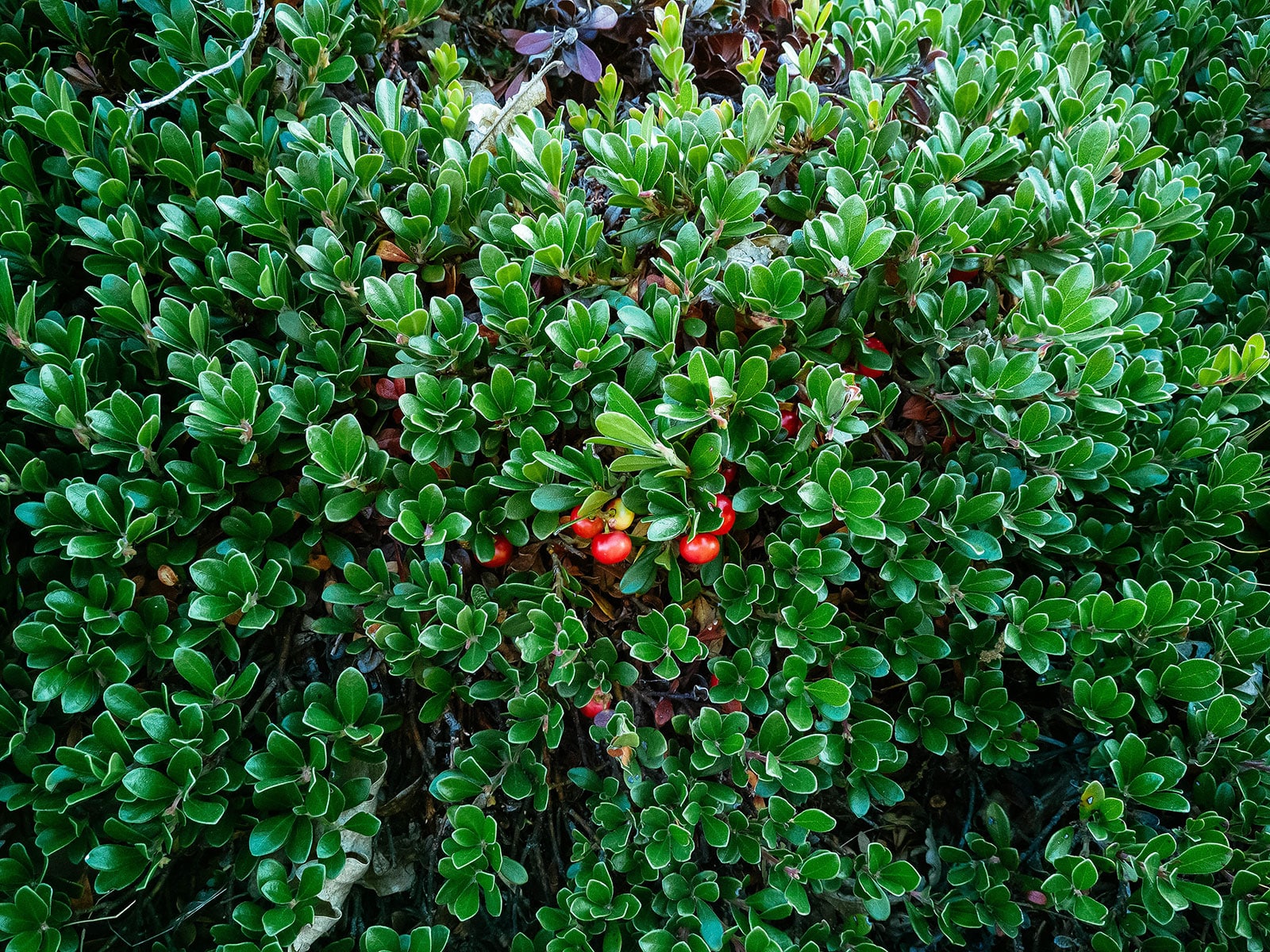
Also known as kinnikinnik, this is your plant if you want a ground cover that thrives in poor soils where other plants have failed. Bearberry is exceptionally cold-hardy (it’s actually adapted to arctic and sub-arctic climates) and while the foliage remains all winter, it may turn red or purple before becoming green again in spring.
The berry in its name refers to the small, berry-like fruits (drupes) that appear in summer. Technically edible by humans, but not really desirable in terms of flavor or texture—it’s best to leave those for the wildlife or for visual interest.
Bearberry is a bushy, densely-branched shrub that grows up to 12 inches tall and up to 6 feet wide.
5. Creeping juniper (Juniperus horizontalis)
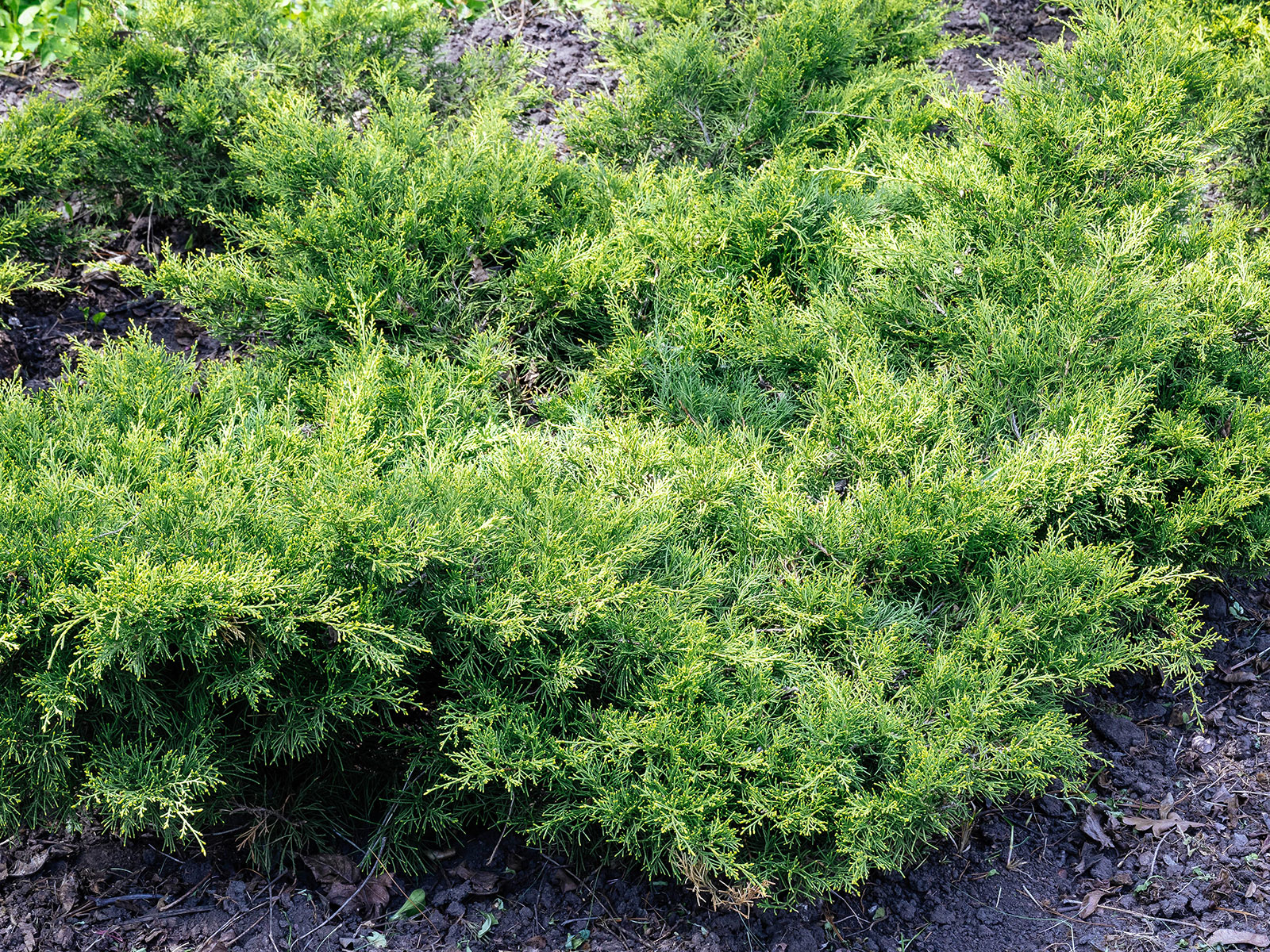
Creeping juniper is an effortless ground cover that can take some tough environments, including drought, heat, salt, and even deer. The trailing branches (which look great spilling over a rock wall) have feathery foliage that stays green all year, though some varieties may change colors in winter from silvery blue to reddish purple.
An extra compact variety like ‘Pancake’ will only grow 4 to 6 inches tall with a mature spread of 4 feet wide, but other varieties can cover a much larger area.
6. Creeping speedwell (Veronica repens)
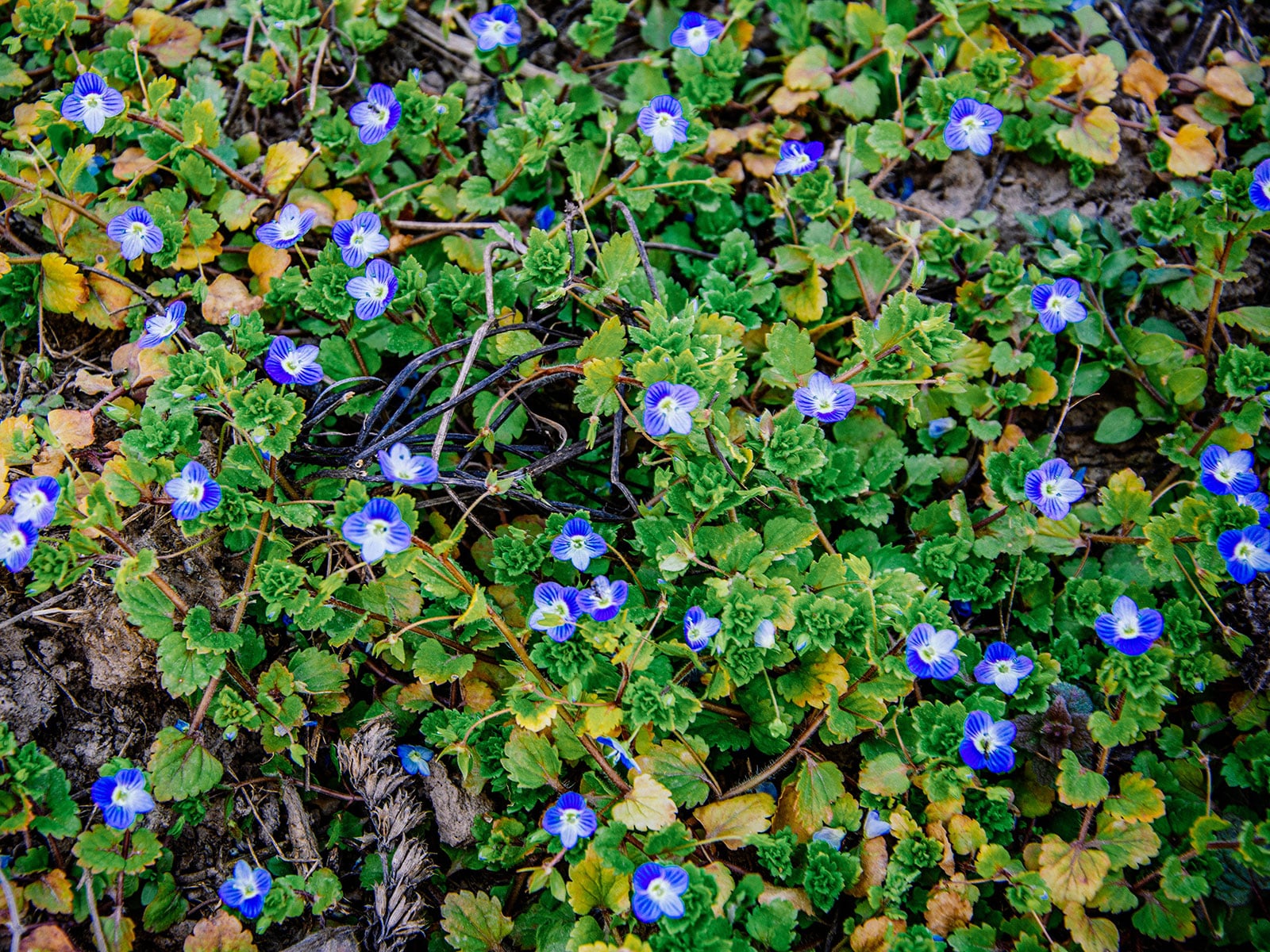
This low-maintenance, fast-growing ground cover forms an evergreen carpet of gray-green foliage that sometimes takes on a bronze or reddish tint in harsher weather before returning to lush green growth in spring. Those longer days also trigger a profusion of small, light blue to violet blooms that last a quite a long time.
Creeping speedwell spreads across the soil and grows into a dense mat up to 2 inches tall and 18 inches wide.


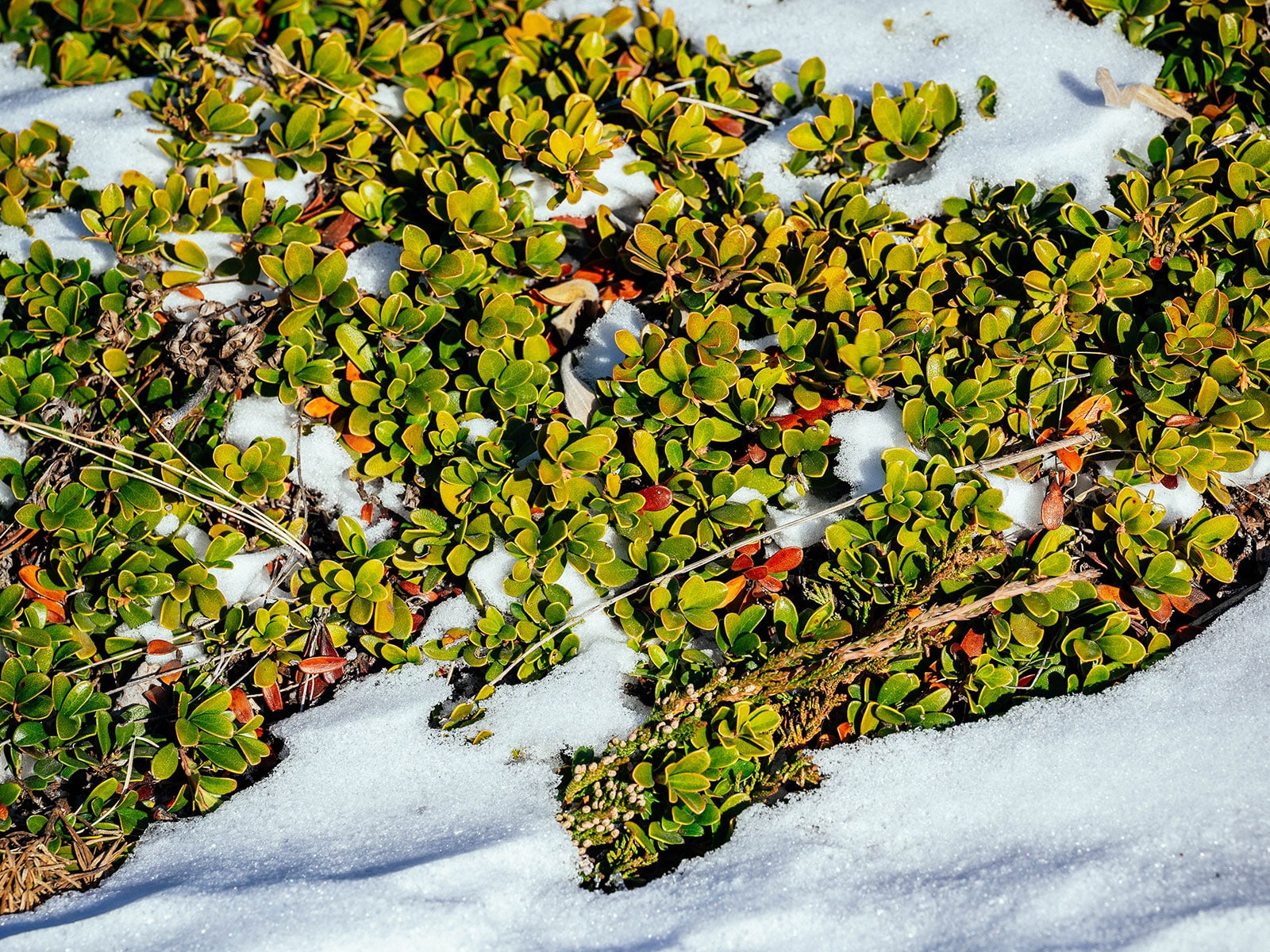
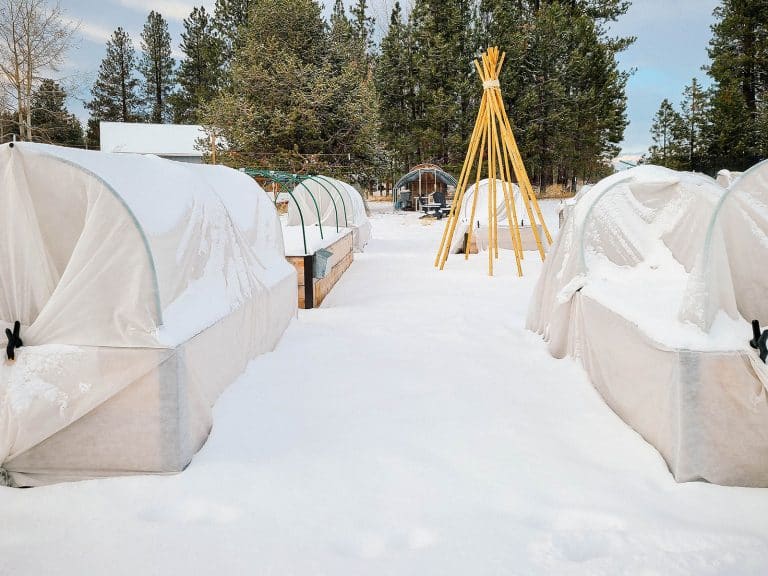
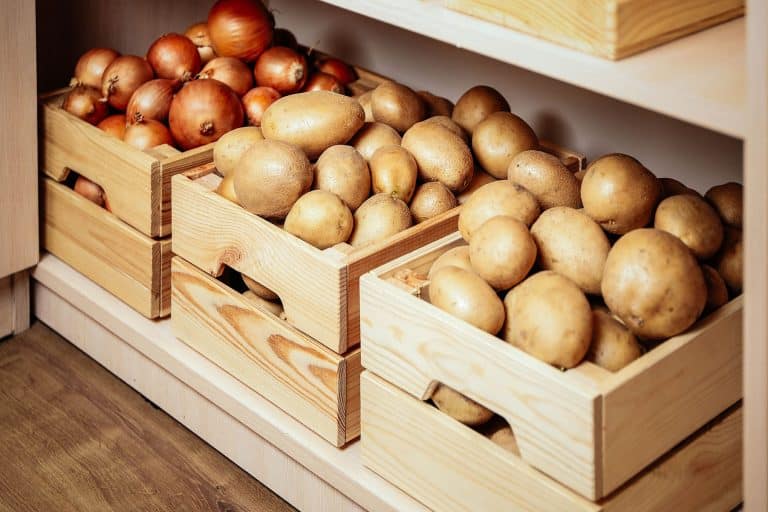
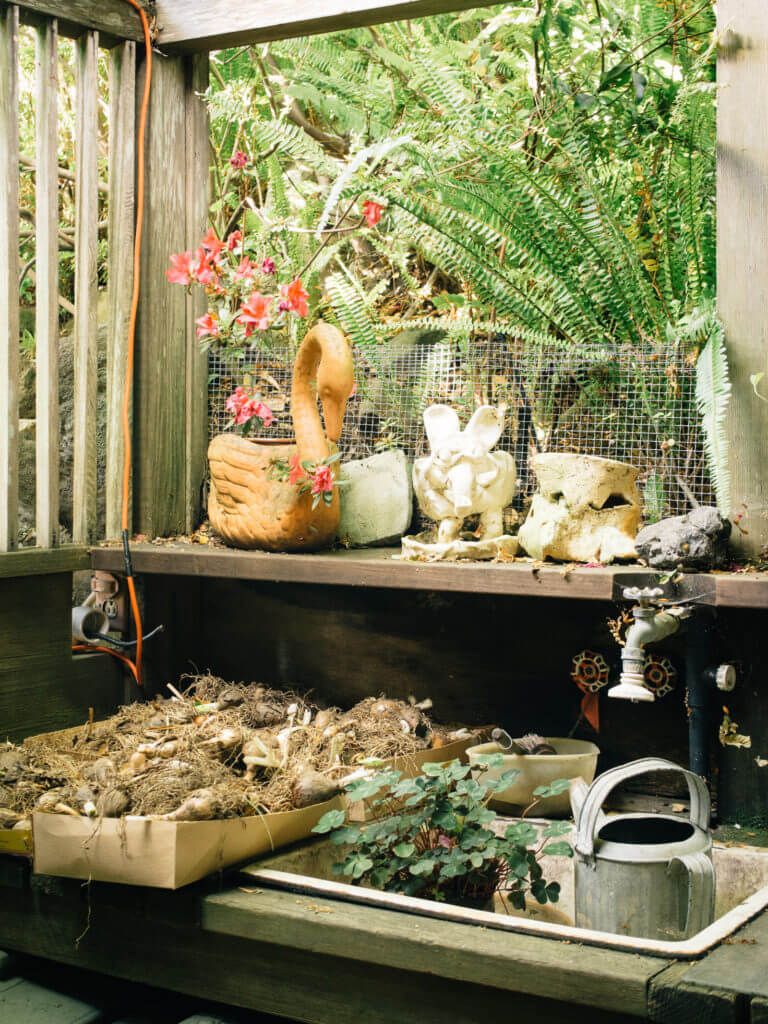
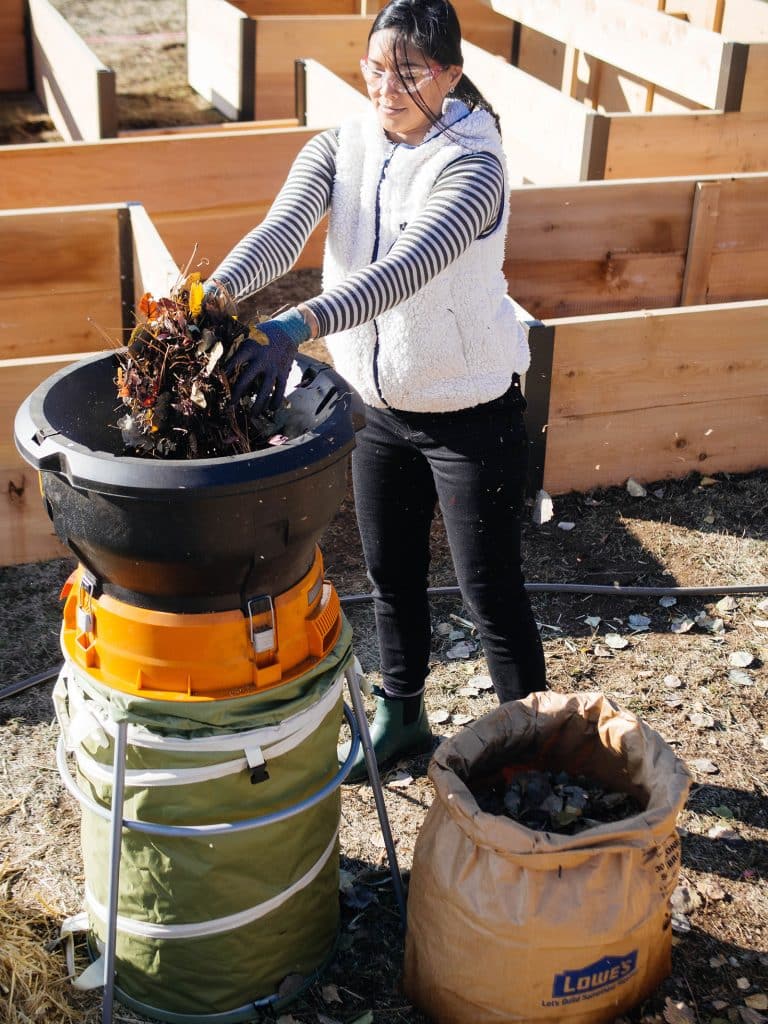
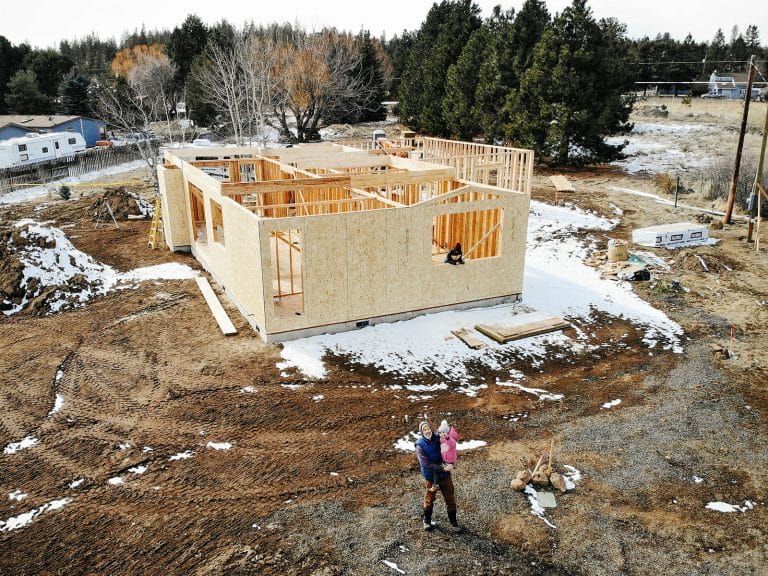

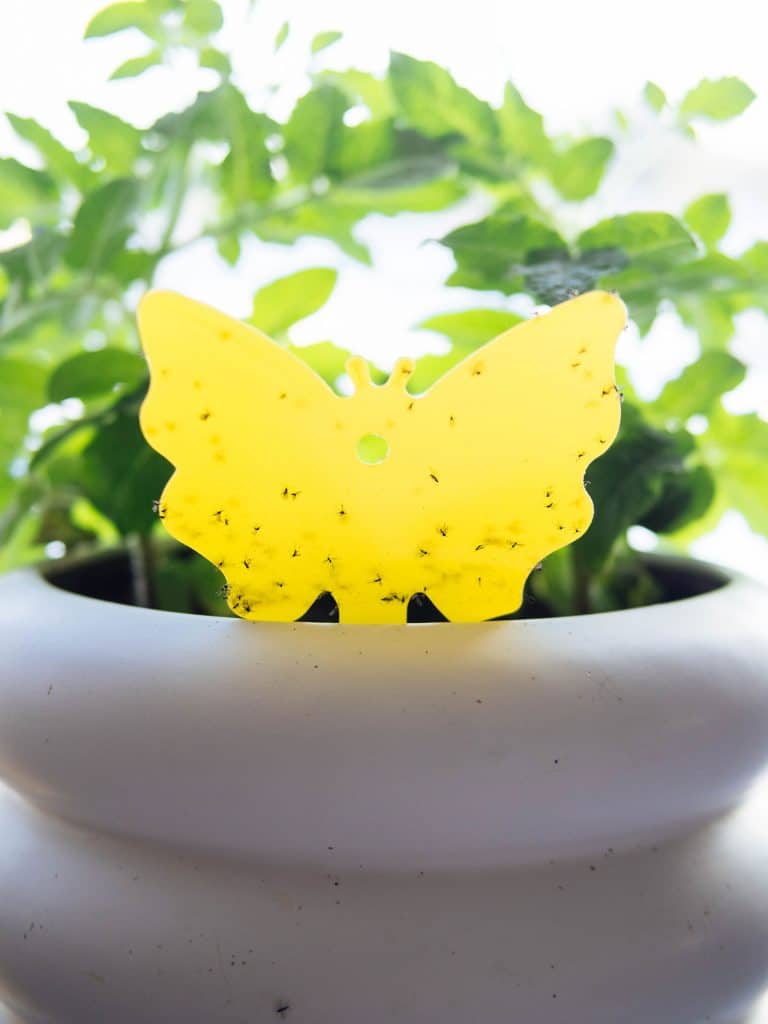
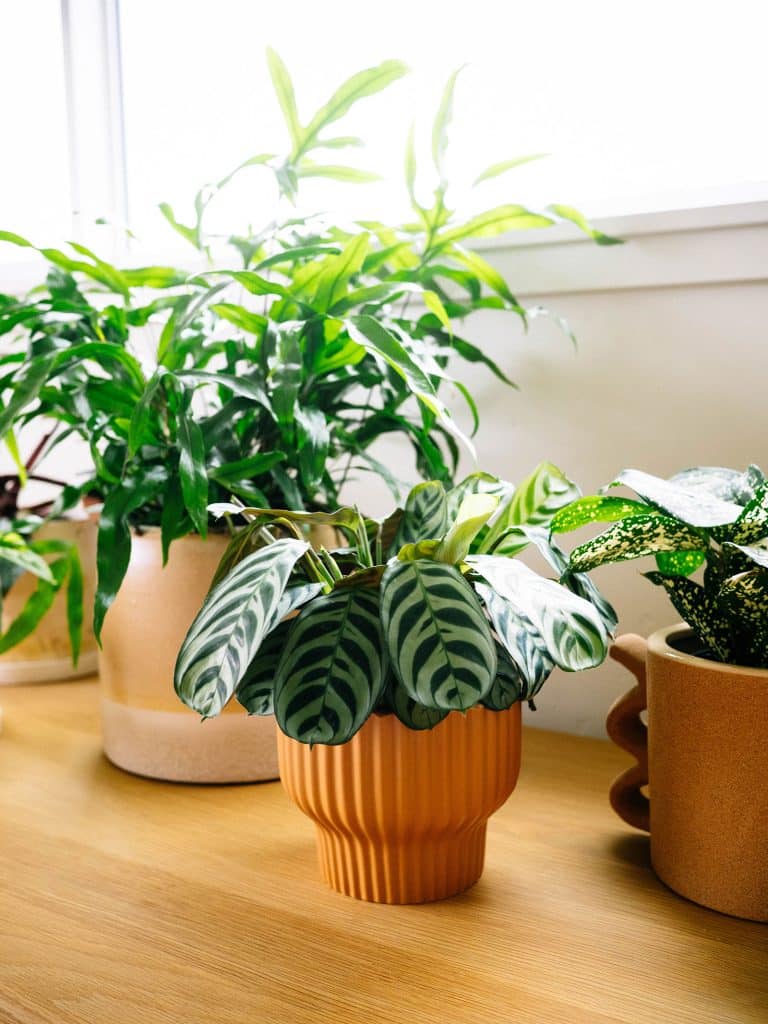
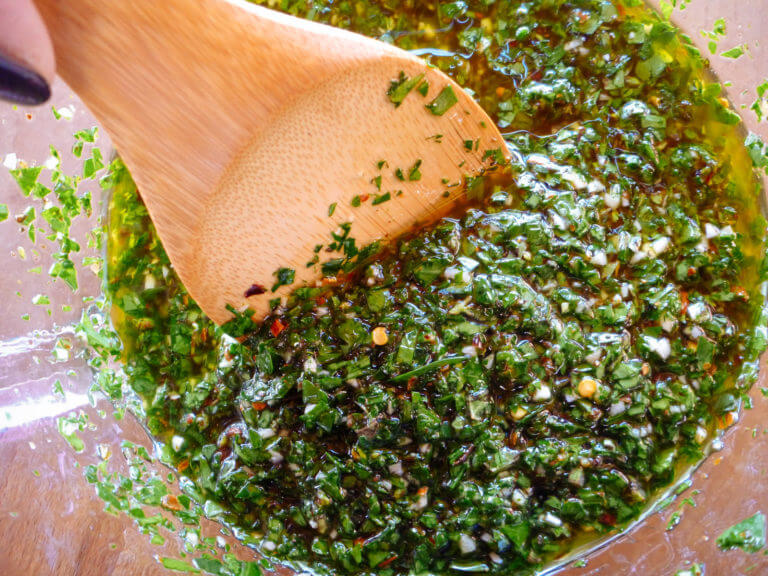
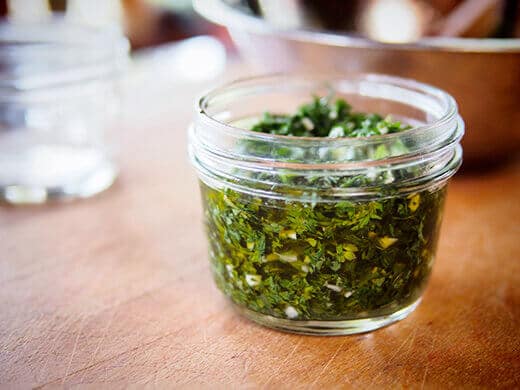

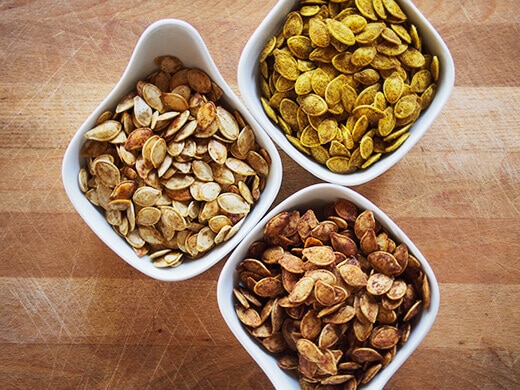

OFF TOPIC: Egg shells as a soil amendment. For a few months, I’ve been mulling Linda’s comment about egg shells for tomatoes, which I think amounted to the opinion that they are not helpful against blossom end rot in tomatoes because: a) deficient soil calcium is seldom the cause of this damage and b) (please correct me if I got the wrong impression) they are not a significant contribution of calcium for tomatoes. I agree with (a) and, partially, with (b), with some further considerations. Egg shells are a source of calcium carbonate (CaCO3), the same stuff that ground limestone consists of (mainly). We use CaCO3 to raise soil Ph. There just isn’t much to egg shells to begin with. But what there is does contribute CaCO3 as it leaches out. Limestone (or better if you can find it, dolomite) is ground up rock. We bought a 5 lb. bag when we moved to my daughter’s house in Vermont, and we still have most of it. A pound of egg shells would be quite a pile. So they just have a very small amount of CaCO3 because they are both quite thin and porous. Rock-like materials generally contribute what nutrients they have only at the surface. Grind the egg shells into a powder and, ounce for ounce, the will release amounts of CaCO3 comparable to an equal weight of ground limestone. It will buffer or reduce acidity in the soil depending on the ration of soil to powdered shell. Left in flakes, egg shell will promote the same soil reactions, just far more slowly than if powdered. If your soil pH is where you want it, the flakes of egg shell will tend to keep it there, against leaching from rainfall and/or irrigation. (Egg shells probably aren’t helpful in arid soils, which tend to have excessively high pH.
Neither lime stone nor eggshell is pure CaCO3. Egg shells also contain useful amounts of magnesium as well as the NPK (major) fertility elements. (Nitrogen. Phosphorous. Potassium.) Since the mid 1950’s, when I was in high school, I’ve recorded NPK analyses ‘natural’ and salvaged (scrounged) materials whenever I encountered the information. I have three analyses for egg shells, two of which also list the carbon to nitrogen (C/N) ratio of interest in composting whether in piles or naturally in the soil. (Published C/N ratios are rare, compared to the amount of substances that can serve as soil amendments.) Here goes; figures are % by weight:
Egg Shell Analyses
#1 C/N 35.1– N-1 P NA–K NA.
#2 C/N na — N 1.19 — P 0.38 — K 0.15.
#3 C/N 35.1 — N 1.2 — P 0.4 — K 0.1
One percent nitrogen, more or less, surprised me. I infer that most of the N is in the membrane that surrounds the egg, which adheres to the shell at hatching time. One percent dosn’t sound like much, but it is a potentially useful contribution to fertility, IMO. I recently read that egg shell has a useful amount of magnesium, a mineral essential to our health. It may not be enough to cure someone’s deficiency, but the key principle of organic growing is to provide a variety of sources of fertility minerals. Some of us also wish to minimize external inputs–amendments brought onto the site, especially those that are brought from remote regions and/or are subjected to intensive processing. Here in Vermont, for example, I feed my soil granite dust, mainly for potassium. It is a byproduct of granite use, e.g., engraved gravestones. In Massachusetts, I put a container of granite dust in my chicken coop. (The dust was scrounged from a nearby site where a well had been drilled through granite.) To my astonishment, the chickens started eating it as though it were layer mash! They were correcting a deficiency in their diet, given the chance. If we eat eggs, we have egg shells. In some soils, they quickly disappear. In other soils, they persist. If we are in a hurry, we can pulverize them. If we don’t, the soil will absorb them in its own good time.